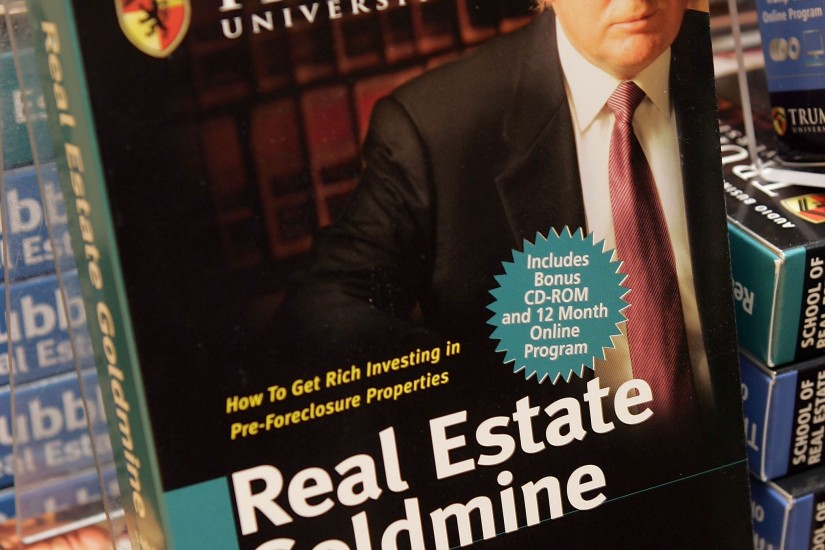What president Trump can’t claim, however, is the first lawsuit against a for-profit university. With Trump and his circle of for-profit advocates now in the White House, a historical tour of the scandal plagued sector of American higher education will likely give us some idea of what’s to come in the years ahead.
Allegations of false advertisements and misrepresentations against these institutions in the U.S. have been around since the colonial period. They first took the form of disagreements between masters and apprentices over the terms of their tutelage. Such terms often included apprentices paying for their masters’ teachings by committing to a period of time of free labor. More familiar kinds of allegations against for-profits began to appear in the early nineteenth century. During this period, proprietary colleges offering practical business skills cropped up across the country. They satisfied a demand for practical training in an era when traditional colleges tended to prefer sticking to the classical curriculum. For-profit business colleges appeared with their penmanship and accounting classes in places like Boston, Brooklyn, and Philadelphia in the 1830s and 1840s. But the expansion continued well beyond eastern urban areas during the 1850s and 1860s. Many more could be seen from Chicago to New Orleans and from Memphis to San Jose. Government figures placed the number of these institutions by the late nineteenth century at a conservative 129. A more likely number for the period, when including fly-by-night colleges and the rest of North America, is 2,000 for-profit colleges with more than 240,000 students.
